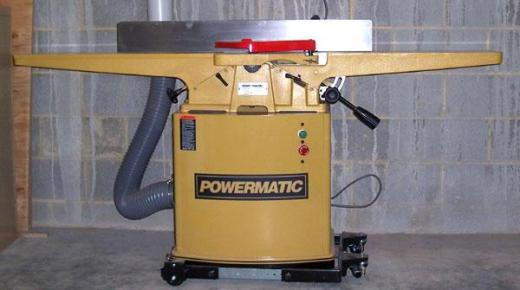A planer stand is a work surface on which a planer can be used. A planer can be a small hand tool, requiring little work space, or it can be a larger, motorized unit that requires a stable stand on which it can be placed for use. Choosing the best planer stand starts with determining how you are most likely to use the unit. Some people do not use the stand for planing at all, but instead as a portable workspace or additional storage surface. Regardless of how you will use the stand, choose one made from durable materials and one that will be exceptionally sturdy.
The frame of a planer stand is almost always made from metal. Steel is commonly used because it is durable and easy to manufacture. The work surface of the planer stand is usually wood to prevent scratching of any tools as well as of any raw materials being planed on the stand. The wood will be secured to the planer stand with bolts, and these bolts should be thick and heavy-duty. The frame itself should be bolted together with high-quality hardware as well, and the stand should be quite heavy to promote stability when heavy objects such as a motorized planer is placed upon it.

Some models of planer stand feature casters or wheels to allow you to move the stand from one location to another very easily, especially when loaded down. If you choose such a model, be sure to choose a stand with wheels that can lock into place when the stand is not being moved. The stand may otherwise move on its own when you do not want it to, potentially leading to a dangerous situation. Some stands feature wheels that are spring-loaded; when you press down on the stand, the wheels will engage, allowing you to move it. Push down on the stand again and the wheels will lock into place, and the metal stand will be stable on the ground instead of on the wheels.
It is not uncommon to find a planer stand with a built-in shelf below the deck of the stand. This shelf is useful for storing commonly used tools as well as safety equipment or raw materials. This shelf should be just as sturdy as the rest of the structure, and it should be made from the same high-quality materials.
